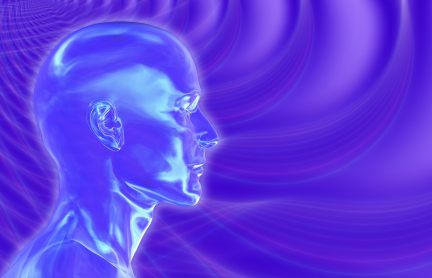I love quick-and-dirty resources that provide valuable information in an accessible format. In that spirit, I want to share this great resource recently published by the music therapy team at Neurorhythm Music Therapy. Their interactive map of the brain provides brief overviews of music’s effect on different parts of the brain with a click of the mouse (seriously . . . check it out!)
As neuro-imaging technologies become more sophisticated, we will begin to have a deeper understanding of how music engages and changes the brain. My original understanding very much mirrors what is shared on this interactive map—learning and trying to understanding how music engages different structures in our brain such as the motor areas, sensory areas, cognitive areas, speech areas, auditory processing areas, and emotion processing areas.
I wonder, though, whether the real power of music lies not just in how it engages different structures, but more in how it engages the interactions between those structures. How it strengthens the connections between networks located in different parts and levels of the brain. Perhaps this is facilitated by the neurobiology of music processing, by the hormones and chemicals that are released or inhibited when processing music (see Chanda & Levitin, 2013 for a great overview).
Although we will not have all the answers anytime soon, it will be a fun journey of learning as the music psychologists, music neuroscientists, and music therapy and education researchers continues to uncover the “how” and “why” of music’s incredible power on our brains, bodies, and minds.



 orcid.org/0000-0001-8665-1493
orcid.org/0000-0001-8665-1493






{ 0 comments… add one now }
You must log in to post a comment.